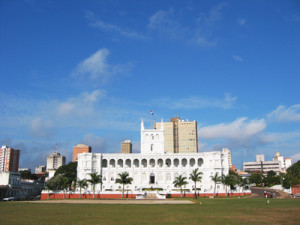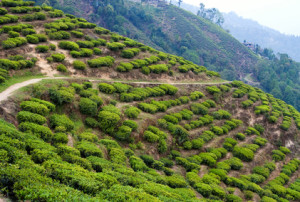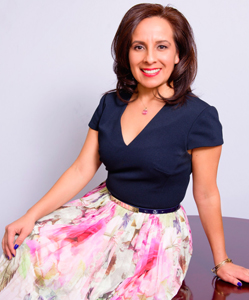Brief History
Paraguay has long been one of the most isolated and mysterious areas of South America, largely because of its landlocked position in the very center of the Americas surrounded by Brazil, Argentina and Bolivia. The official name is Republic of Paraguay (República del Paraguay). It is located in the central location within South America and is also known as ‘Heart of America.’
 The history of Paraguay reveals that the indigenous people of the country have called Paraguay home for more than 1,000 years. The Guaraní were in this area long before the Spanish arrived. However, these people were divided into various tribes, with different languages and leaders until the arrival of the Spanish in the 16th century. The aim of the Spanish was to unite the people of Paraguay under Christianity.
The history of Paraguay reveals that the indigenous people of the country have called Paraguay home for more than 1,000 years. The Guaraní were in this area long before the Spanish arrived. However, these people were divided into various tribes, with different languages and leaders until the arrival of the Spanish in the 16th century. The aim of the Spanish was to unite the people of Paraguay under Christianity.
Between 1864 and 1870, much of the population (60% to 70%) died due to the Paraguayan War and through disease. About 140,000 square kilometers of territory went to Brazil and Argentina. Throughout the 20th century, many authoritarian governments ensued and finally in 1993 free elections transpired.
Following the free elections, the country of Paraguay has seen the highest rate of economic growth of any in South America, which has had a large effect on its culture. The economic advantages of understanding Spanish has seen the European language adopted by the country as an official language alongside the Guaraní language. Guaraní, the most widely spoken indigenous language in South America, is spoken almost exclusively by people living and working in the rural areas of Paraguay and its neighboring countries.
Religion, Family Life, Cuisine
As with many South American countries, religion plays an important role in everyday life and the people of Paraguay because they live largely under the doctrine of the Roman Catholic Church. The arrival of European missionaries, including the Spanish Jesuits, led to the indigenous religions and traditions almost being wiped out. Today those religions are practiced by less than one percent of the population in the 21st century. As the European traditions of family and Church are represented strongly in the Paraguayan culture there are many celebrations that take place yearly. Most of these celebrations are religious festivals from the Roman Catholic Church traditions.
 The people of Paraguay include many aspects of both traditional indigenous culture and the Spanish culture brought by colonists many centuries ago. Family life tends to be the main area of socializing for many individuals with parents, brothers, siblings, and godparents forming the major social groups for many.
The people of Paraguay include many aspects of both traditional indigenous culture and the Spanish culture brought by colonists many centuries ago. Family life tends to be the main area of socializing for many individuals with parents, brothers, siblings, and godparents forming the major social groups for many.
The cuisine of Paraguay is largely influenced by the traditional foods such as the manioc root vegetable that is available throughout most of the year. A traditional dish that has survived and is still readily available is sopa Paraguaya that is similar in texture and taste to cornbread and is commonly found for sale alongside the filling chipa bread. Food is often accompanied by music where a number of polka style musical genres are commonly heard being played on harps. This music is based on the instrument designs first created by the indigenous people many centuries ago.
Education
The literacy rate is calculated at 93.6% and it is indicated that about 88% finish the 5th grade. This is according to UNESCO’s Educational Development Index from 2008. Now, the primary school attendance rate for children up to 12 years old is close to 98%. This could be due to the fact that primary education is free and mandatory.




